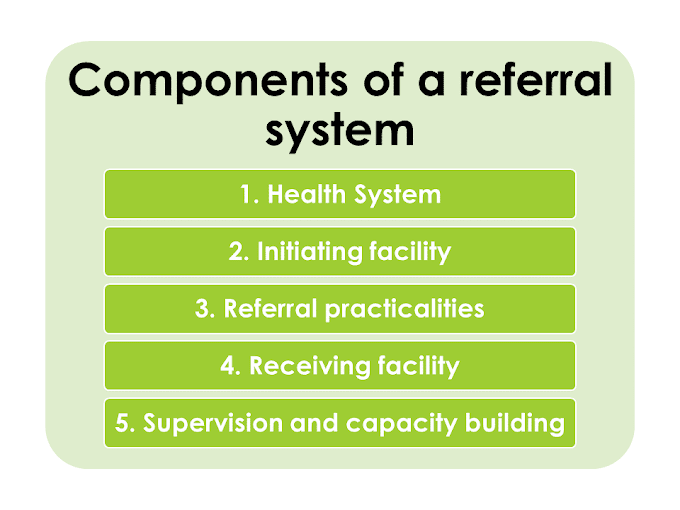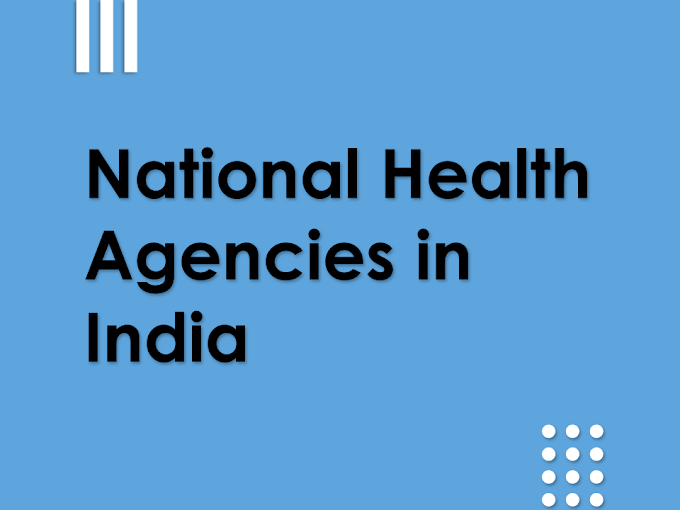International health, also called global health, or international medicine, is a field of health care, usually with a public health emphasis, dealing with health across regional or national boundaries.
"Nothing on earth is more international than disease", said Paul Russel. Health and disease have no political or geographical boundaries. Disease in any part of the world is a constant threat to other parts.
In order to protect against the spreed of disease from one country to another, many attempts were made in the past by individual rulers and States to place barriers against infection by detection and isolation of incoming travellers.
In 14th century, a procedure known as "quarantine" was introduced in Europe to protect against the importation of plague. Quarantine failed in its objective because of the lack of scientific knowledge regarding the causation and mode of spread of disease.
A brief account of these endeavours and of the early health organizations which preceded the World Health Organization is given below.
First International Sanitary Conference (1851)
The origin of international health cooperation dates back to 1851, when an international sanitary conference - the first of its kind - was convened in Paris. The conference was attended mainly by European countries.
The objective of this Conference was very limited i.e., to introduce some order and uniformity into quarantine measures which varied from country to country. The conference was generally regarded as having ended in failure.
Pan American Sanitary Bureau (1902)
Pan American Sanitary Bureau (PASB) was established in 1902 in the Americas. It was primarily intended to coordinate quarantine procedures in the American States.
In 1958, the name was changed to Pan American Health Organization (PAHO) and its headquarters in Washington, D.C.
The Pan American Sanitary Bureau was the World's first international health agency.
Office International D'Hygiene Publique (1907)
In 1907, the Office International d'Hygiene Publique (OIHP), generally known as the "Paris Office" was created to disseminate information on communicable diseases and to supervise international quarantine measures.
The OIHP continued to exist until 1950, by which time its responsibilities had been taken over by the WHO.
The Health Organization of the League of Nations (1923)
After the first World War (1914 -18), the League of Nations was established to build a better world. It included a 'Health Organization' to "take steps in matters of international concern for the prevention and control of disease". In 1939, the League of Nations was dissolved but its Health Organization in Geneva continued to deal as best it could with requests for information and the publication of the Weekly Epidemiological Records was never suspended.
The United Nations Relief and Rehabilitation Administration (1943)
The United Nations Relief and Rehabilitation Administration (UNRRA) was set up in 1943 with the general purpose of organizing recovery from the effects of the Second World War. The UNRRA had a health division to care for the health of the millions of displaced persons.
UNRRA did outstanding work of preventing the spread of typhus and other diseases, so that they never reached serious epidemic levels anywhere.
At the end of 1946, UNRRA terminated its official existence and its heath activities and financial assets were taken over by the Interim Commission on the WHO.





0 Comments